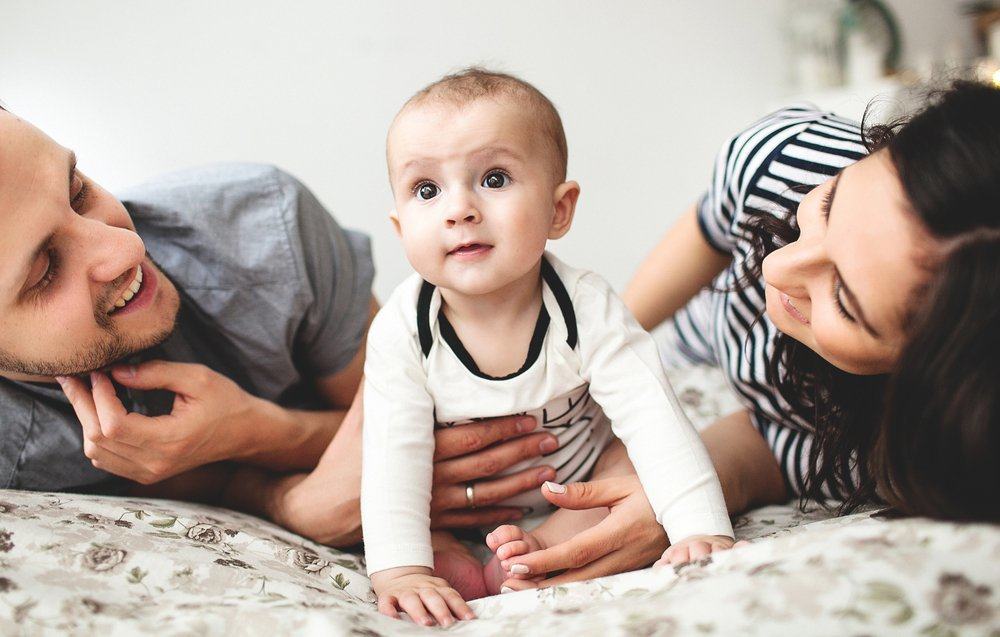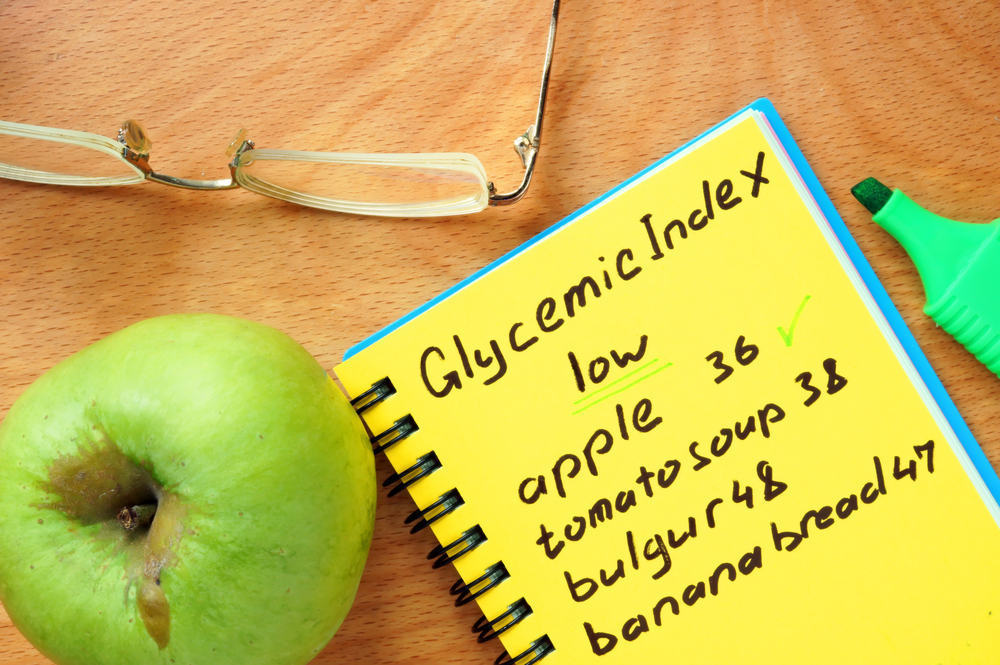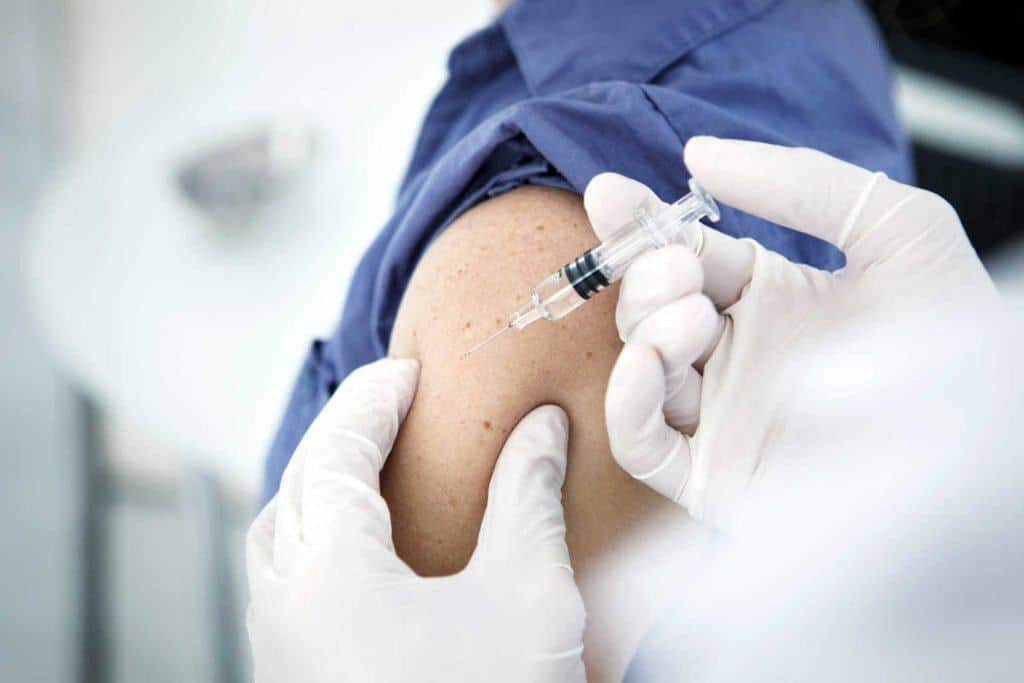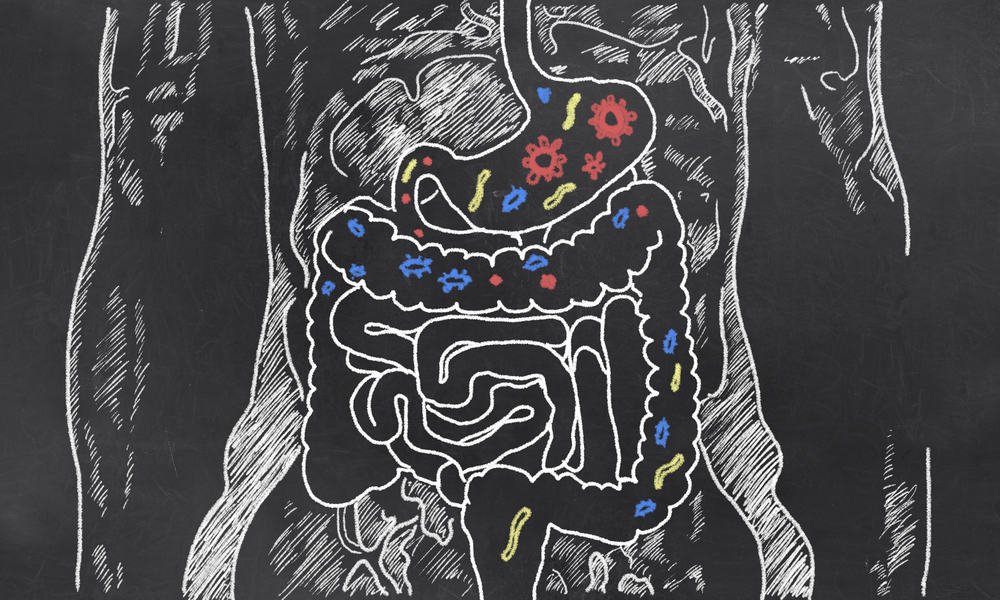Contents:
Medical Video: Babies With Three Parents
A baby boy in Mexico in April 2016 managed to shock the world. What is the article?
The baby was the first successful birth of a controversial method of conception: three parents. That is, this boy carries DNA information from three different people.
Confused? Here's everything you need to know about this historic birth.
Why is there someone who fertilizes a baby from three parents?
The child's mother and father were a Jordanian couple who had lost two children from a previous pregnancy due to a rare genetic disease called Leigh's syndrome. The mother carries the gene for this disease in her mitochondrial DNA. If the mitochondria do not work properly, the cell can die. As a result, the function of the heart, brain, muscles, liver, and lungs can be severely disrupted.
A child will inherit the DNA chain from his parents, but they only inherit mitochondrial DNA from the mother's side so that if the genetic mother carries a mutation in her DNA, prospective babies can develop various life-threatening medical conditions. Mitochondria tend to arise in childhood and continue to deteriorate over time, fatal even before adulthood - often killing babies in the first few years of life. Complications of mitochondrial disease include strokes, seizures, blindness, deafness, diabetes, Parkinson's disease, and muscle failure.
Women who are at risk of inheriting these mutations have limited choices if they want to give birth to a healthy child. Mitochondrial congenital disease has no treatment, and affects about 1 per 6,500 babies in a more serious form.
What is the process of planning a pregnancy from three parents?
The baby was created through an IVF (in vitro fertilization) program, a procedure involving three people: mother, father and donor. The scientists took DNA from the mother's cell nucleus and inserted the genetic material into the donor egg cell. The result is a "newly designed" egg with mitochondrial DNA from a healthy donor and core DNA from the mother. The egg is then fertilized with sperm from the father outside the mother's womb until it becomes an embryo. Then, the embryo is implanted back into the mother's womb, to undergo 37 weeks of pregnancy.
Designing an embryo using mitochondrial donations provides an opportunity for mothers with mitochondrial mutations to be able to conceive themselves and give birth to healthy babies without genetic defects. In addition, this procedure can eliminate mitochondrial defects completely from the family lineage forever.
What is the difference between this technique and an ordinary IVF program?
During the normal IVF procedure, samples of whole eggs and sperm taken from each party will be put together in a laboratory to allow fertilization to occur. With this procedure, you can use a combination of your and your partner's original egg and sperm, or donor sperm and eggs. In the process of ordinary IVF, the DNA involved is only from two parties, namely from two biological parents or one parent and one donor.
The "three parent" IVF process involves converting DNA, so that the resulting embryo has core DNA from both parents, and mitochondrial DNA and a little bit of residual core DNA from the donor; this is where the term "three parents" comes from. That is, children created from this fertilization method will be genetically related to donors, but at the same time the core DNA traces of donors only make up a small portion of the child's genetic material - only about 0.1% of the donor genes are contained in the mitochondria us (with the remaining 99.9% coming from the cell nucleus of the mother and biological father).
Thus, in reality the relationship of "blood" between donors and children is considered far from enough for donors to be said to be real parents.
Why is the "three parent" technique controversial?
Some people oppose religious or ethical reasons, especially when viewed from techniques that involve the modification and genetic design of eggs in order to create another embryo. So, many assumptions that the IVF technique of these three people feels like "disturbing the destiny of nature."
The second concern is that by creating a mixture of new genetic material, you may also create genetic changes that are completely new and can be passed down through generations, before we have the opportunity to know whether these changes are dangerous. For example, genetically altered male sperm will affect the genetic code of the eggs or sperm of their children, and then their grandchildren, great-grandchildren and so on, causing certain fertility problems or chronic diseases that have not existed in previous generations.
The 1990s were the last time scientists tried to design a baby's DNA using a sample of three people, when they injected mitochondrial DNA from a donor into another woman's egg, along with sperm from her partner. Two of the embryos produced developed genetic disorders, so this procedure was stopped by the US Food and Drug Administration. The problem may arise from a fetus that has mitochondria from two sources.
On the other hand, those who are pro-alternative methods argue that mitochondrial replacement is not really a modification. Donated mitochondria are produced naturally by donors (in donor eggs) and are not engineered or are synthetic products. This means that researchers use genetic material that occurs in nature, not adding anything new that is fundamental or artificial. They insist that the method of replacing mitochondria is more like a transplant than genetic engineering.
READ ALSO:
- Factors That Trigger the Risk of Containing a Down Syndrome Baby
- Most Potato Eating Can Be Dangerous To Pregnancy
- Causes and Symptoms of Someone Experiencing False Pregnancy (Pseudocyesis)












